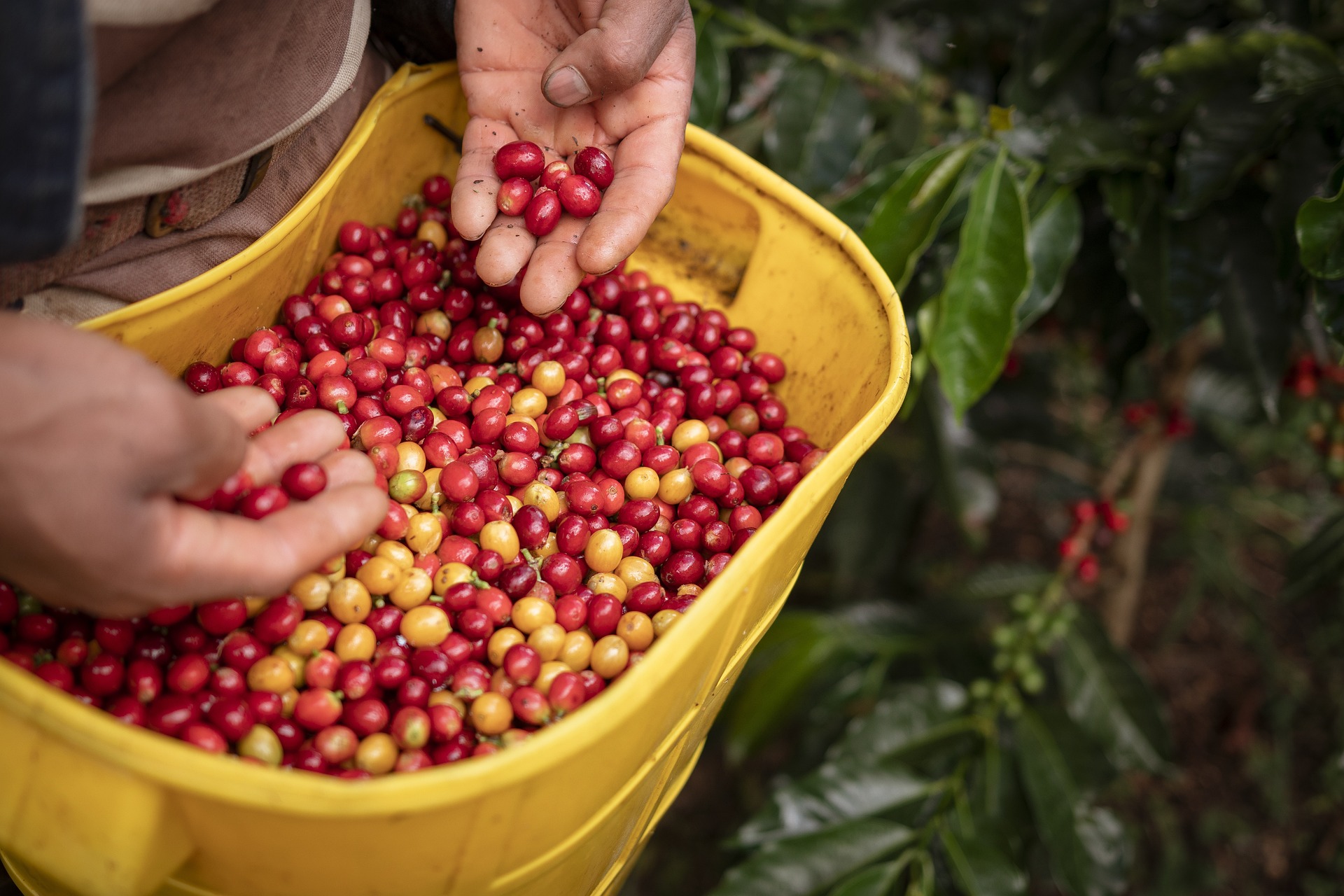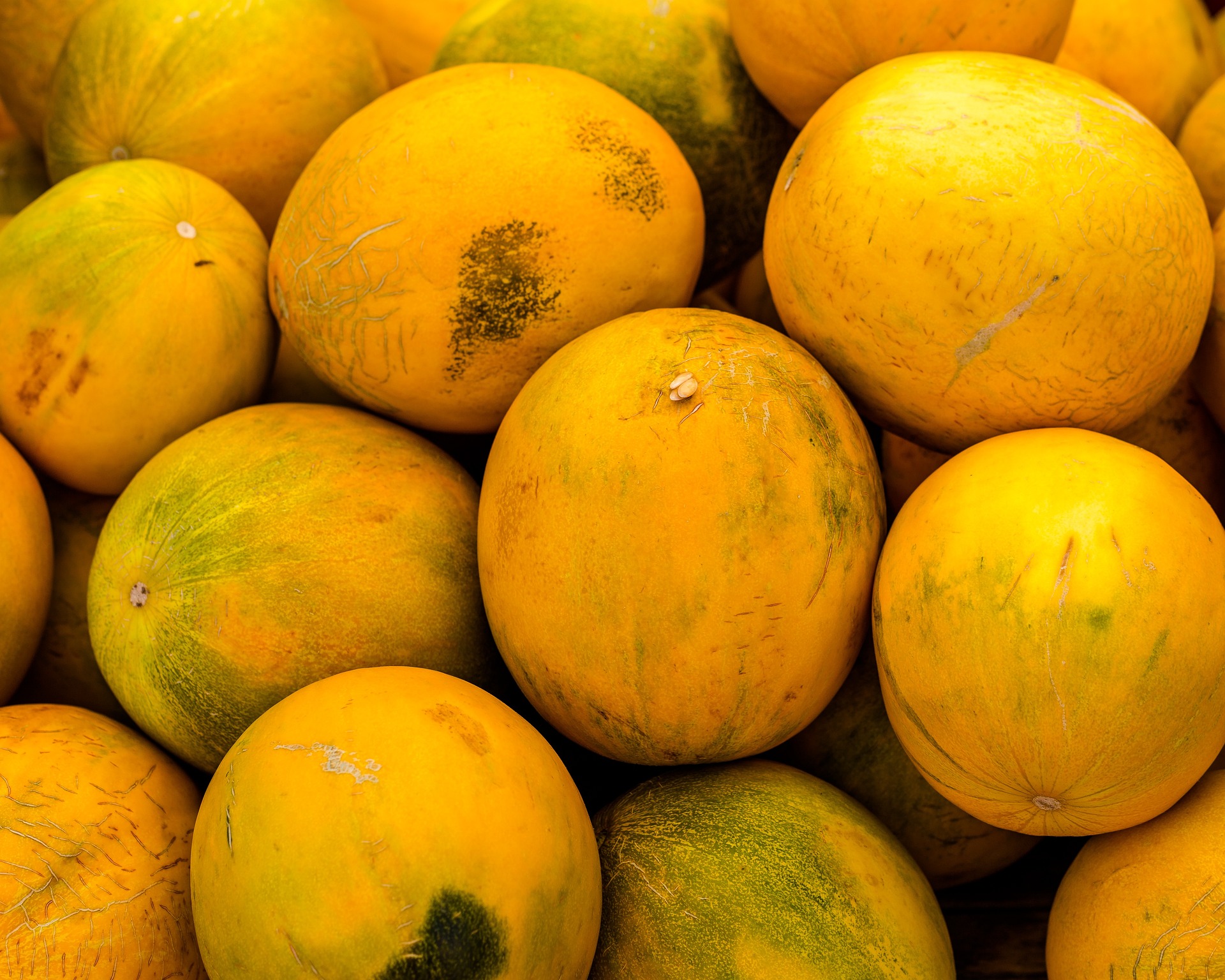What are the Trade Trends of 2022?

To survive in the international arena, businesses engaged in trade should always follow the trends. Knowing the trends means having a comprehensive knowledge of the market. Trends in trading can change from year to year. Therefore, it is crucial to stay up to date so as not to fall behind the times. 2022 will be a year in which new trends in trade will emerge. What will happen, especially in this period when the effects of COVID-19 begin to disappear?
COVID-19 profoundly affected the global business world. 2020 has been a difficult year for many businesses. Major changes in the supply chain and uncertain economic climate strained traders. However, in 2021, the business world learned to live in the world of the pandemic. They have managed to tackle the difficulties in the supply chain and the uncertain economy. Hence, the business world has now remained more flexible and adapted to changes. In addition, the pandemic reminded traders that they are working in an environment where uncertainties can occur.
The health crisis no longer affects the world economy much. Therefore, global trade is not under the influence of this crisis. There is still an imbalance between countries in imports and exports. But it is a fact that the global economy is growing. On the other hand, inflation problems arose in some countries. Still, developments so far point to an improvement.
Global trade has already achieved pre-pandemic levels. At the moment, geopolitical competition is increasing in many parts of the world. Therefore, it is significant for businesses to determine policy based on trends. International trade trends appear to normalize in 2022. Some factors will affect world trade. Here are what you need to be on the lookout for.
Economic Growth but Slower
World Trade Organization (WTO) made some predictions about the world merchandise trade volume. The WTO stated that the growth of this volume is at a level that could reach 4.7% in 2022. On the other hand, the Center for Economics and Business Research (CEBR) predicted it to be 4%.
It is already obvious that there will be economic progress. But like last year, this progress will vary depending on the region. Developed countries will gain at a higher rate compared to developing countries. Vaccine distribution, economic policies, and political factors are typically the causes.
There are downward revisions for economic growth forecasts for 2022. IMF changed its forecasts for this year. It lowered its economic growth forecast for 2022 from 4.9 to 4.4. Inflation in the USA and developments in China’s real estate sector were the reasons for the decline. Thus, global trade trends will likely reflect these developments. As a result, this indicates a lower-than-anticipated growth.
Normalization in Supply Chains
The pandemic has posed major challenges for the supply chain. Especially logistics problems and energy prices led to a shortage of supply. It also led to an increase in shipping costs. Therefore, many suppliers have struggled to improve their reliability. Moreover, there is a diversification in terms of suppliers. These efforts seem to affect the business world in 2022. Gradual improvements in supply chain challenges appear to come through 2022.
Hybrid Methods in Logistics
Travel restrictions in the past years have reshaped some logistics strategies. Many companies are reviewing the methods they use. As a result, they are likely planning to adopt new hybrid approaches. In 2021, some supply chains began to operate more locally. Others, on the other hand, have made their chains wider and more diverse. Suppliers who do not want to experience losses with a single method may be considering a new method. The hybrid strategy, which is a mixture of methods, appears as a great possibility.
There are also changes in the manufacturing part. Manufacturers, acting with the just-in-case inventory method, started to adopt the same method in logistics. It’d be better to explain the just-in-case model here. In this model, manufacturers keep a large amount of inventory on hand. Because they want to avoid the lack of products in stock at the time of need. The same approach will likely appear in logistics. Some companies will probably retain offshore production facilities. At the same time, they may intensify the production of some goods in domestic markets.
Sensitivity to Climate Change

The global sensitivity to climate change has increased. The increase in this sensitivity in the world is naturally reflected in trade. Many companies are now embracing a more circular economy. Their aim is to reduce greenhouse gases and carbon emissions. We have seen the signals that these developments will take place in 2021. Especially the last COP26 summit was the footsteps of global climate sensitivity. The summit focused particularly on the use of coal. COP26 invited many countries to reduce the use of coal.
As a result, many countries have agreed to phase out coal use. Many international businesses have stepped up their efforts to reduce their carbon footprint. Therefore, we will start to see the effects of this decision on trade in 2022.
New Era in Trade Agreements
On the first day of 2022, there was a development that will facilitate trade between most of the East Asian and Pacific countries. The Regional Comprehensive Economic Partnership (RCEP) is an important agreement to facilitate trade. This move seems to increase trade significantly. This partnership could also change the direction of trade in non-member countries. As a result, trade may become more regional in that part of the world. Besides, this regionalization trend may occur in other areas of the world.
Major Advances in Cold Chain Technology
Again, we came to another area that took shape with the effect of the pandemic. Cold chain technology has undergone major changes, especially with vaccine distribution. Because vaccines need to stay at a specific temperature to not lose their effect. Therefore, the importance of cold chain technology has emerged once again. The emerging system for vaccines proved useful for other goods as well. A transition to a new stage has begun, especially in the transportation of food and medical products. Therefore, cold chain technology is advancing in these areas as well. This progress will continue in 2022.
Above, we talked about some trends that could happen in 2022. Of course, as every year, unexpected things can happen. The important thing here is to realize that knowledge is power. It’s up to businesses to act in line with trends or vice versa. But being reliable and durable in international trade is essential for any business.
Turkish Goods knows the world in which it operates very well and takes its steps wisely. We never lag behind the times in supply chain and logistics, and we follow global trends very well. We owe our reliability and quality to our continuous improvement. If you are looking for a reliable partner in the market, you can click here to get information about our services.




